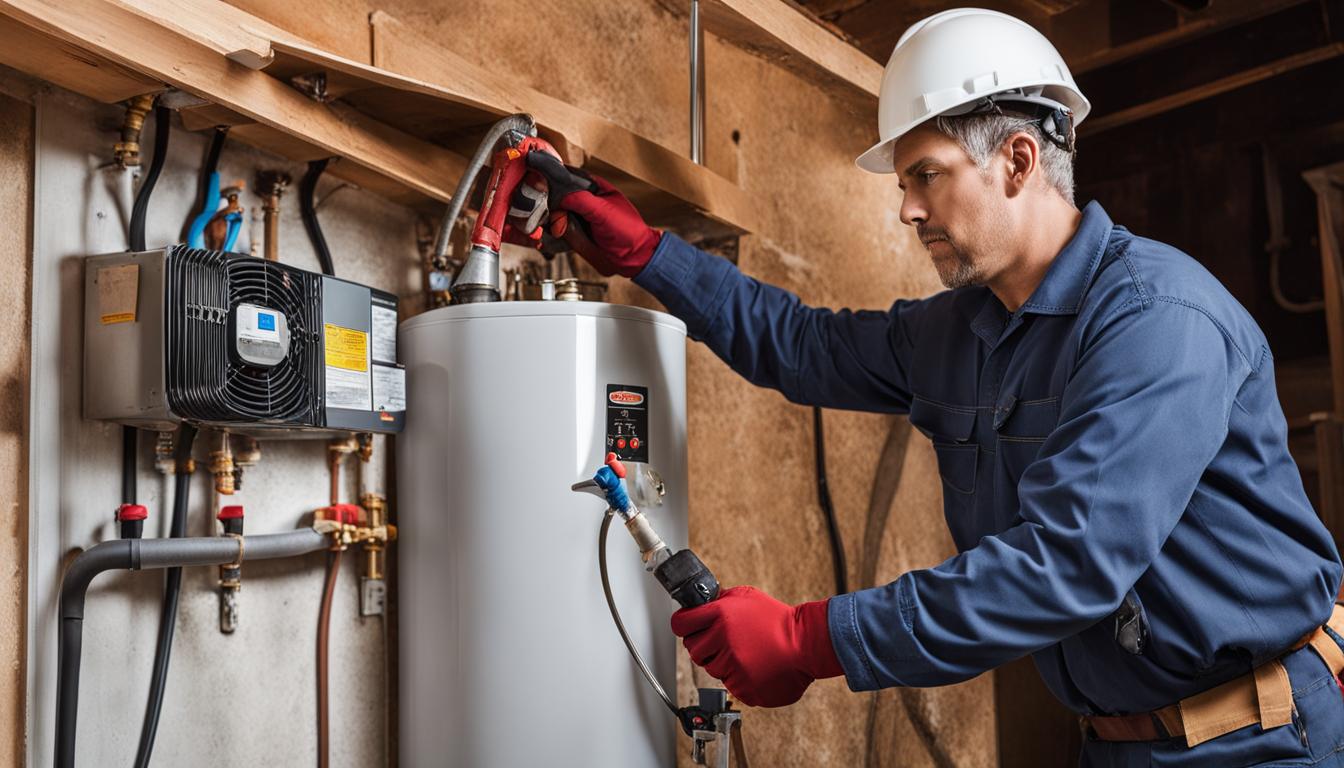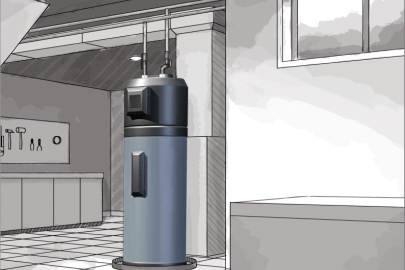Best Methods to Care for Your Home's Hot Water System EffectivelyImportant Advice on Maintaining Your Home's Hot Water System
Best Methods to Care for Your Home's Hot Water System EffectivelyImportant Advice on Maintaining Your Home's Hot Water System
Blog Article
The article author is making several great pointers on How to Maintain Your Water Heater & Prolong its Life overall in this post which follows.

Hot water is crucial for everyday convenience, whether it's for a refreshing shower or washing meals. To guarantee your hot water system runs effectively and lasts much longer, regular upkeep is crucial. This article offers sensible tips and insights on exactly how to keep your home's hot water system to prevent disturbances and pricey repairs.
Introduction
Keeping your home's warm water system might appear overwhelming, yet with a few easy actions, you can guarantee it operates smoothly for many years ahead. This guide covers everything from understanding your hot water system to DIY maintenance ideas and recognizing when to call in expert help.
Significance of Preserving Your Warm Water System
Normal maintenance not only extends the life expectancy of your warm water system yet additionally guarantees it runs effectively. Ignoring maintenance can result in decreased efficiency, higher energy costs, and also early failure of the system.
Indications Your Hot Water System Needs Upkeep
Recognizing when your warm water system requires interest can avoid major issues. Keep an eye out for indicators such as irregular water temperature, strange sounds from the heating unit, or rusty water.
Understanding Your Warm Water System
Prior to diving right into maintenance tasks, it's handy to comprehend the fundamental components of your warm water system. Commonly, this consists of the water heater itself, pipes, anode poles, and temperature level controls.
Monthly Maintenance Tasks
Normal regular monthly checks can help capture small problems before they rise.
Flushing the Water Heater
Purging your water heater gets rid of debris buildup, boosting effectiveness and prolonging its life.
Monitoring and Changing Anode Rods
Anode rods protect against rust inside the tank. Evaluating and replacing them when worn out is critical.
Examining and Readjusting Temperature Setups
Changing the temperature setups guarantees optimum performance and safety.
Do It Yourself Tips for Maintenance
You can do a number of upkeep tasks on your own to keep your warm water system in top condition.
Looking for Leaks
On a regular basis examine pipelines and connections for leakages, as these can result in water damages and higher costs.
Evaluating Stress Relief Valves
Checking the pressure safety valve ensures it works appropriately and avoids too much pressure build-up.
Insulating Pipelines
Insulating warm water pipelines decreases warm loss and can conserve energy.
When to Call an Expert
While DIY maintenance is valuable, some issues call for professional competence.
Facility Problems Calling For Professional Assistance
Instances include major leakages, electrical issues, or if your hot water heater is consistently underperforming.
Routine Specialist Maintenance Advantages
Specialist maintenance can include complete assessments, tune-ups, and making certain compliance with safety requirements.
Verdict
Regular maintenance of your home's hot water system is necessary for efficiency, longevity, and expense financial savings. By adhering to these tips and understanding when to look for specialist aid, you can ensure a reliable supply of hot water without unforeseen interruptions.
Water Heater Maintenance: The Basics
Maintaining your water heater will ensure it operates efficiently and has a longer lifespan. Neglecting regular maintenance can lead to costly repairs and an even bigger chunk of your savings if you have to replace it sooner than necessary. But there’s good news: Most water heater maintenance tasks are relatively simple and easy for homeowners with basic DIY skills.
Flush the Water Heater
Over time, sediment and minerals can build up in the tank, reducing its efficiency and potentially causing damage. To flush the tank, turn off the power or gas supply, attach a hose to the drain valve near the bottom and open the valve to drain the water until it runs clear. Ideally, flush the tank annually.
Replace the Anode Rod
The anode rod is a sacrificial metal rod that helps prevent corrosion inside the tank. Inspect and replace it every three to five years or per the manufacturer's recommendation. To replace the anode rod, turn off the power or gas supply, drain a few gallons of water from the tank, unscrew the old rod and replace it with a new one. If the anode rod is significantly corroded or covered in calcium buildup, it's a sign the water heater may need to be replaced soon.
Tune-Up
A yearly tune-up can help identify potential issues and ensure your water heater operates at peak efficiency. This typically involves checking the thermostat, burner assembly (for gas heaters) and any other components specified by the manufacturer. During a tune-up, the technician may also clean the burner and adjust the pilot light (for gas heaters) or examine the heating elements (for electric heaters).
How to Maintain Your Water Heater
Insulate the tank. Insulating the tank can improve energy efficiency and reduce heat loss, saving you money on energy bills. You can purchase precut insulation blankets designed specifically for water heaters or use standard fiberglass insulation wrapped securely around the tank. Check the temperature. The recommended water temperature for most households is around 120 degrees Fahrenheit (49 degrees Celsius). Higher temperatures can increase energy costs and potentially cause scalding. Use a kitchen thermometer to check the temperature at the faucet nearest the water heater. Monitor water pressure. Excessive water pressure can strain the water heater and cause leaks or even tank failure. Install a pressure-reducing valve if necessary. The ideal water pressure range is between 60 and 70 PSI (pounds per square inch). Test the temperature and pressure (T&P) relief valve. The T&P relief valve is a safety feature that releases pressure if the tank gets too hot or the pressure builds up too high. Test it annually by lifting the lever and allowing a small amount of water to release. Replace the valve if it doesn't release water or reseal properly. Check for leaks. Regularly inspect the tank, pipes and fittings for leaks or corrosion. Deal with issues promptly to prevent further damage. Even a small leak can lead to significant water damage over time. Consider a tankless water heater. If your traditional tank-style water heater is nearing the end of its lifespan ( typically 10 years), consider replacing it with a tankless water heater. These units heat water on demand, reducing standby energy losses and potentially saving you money on your energy bills. Schedule professional maintenance. While homeowners can perform many water heater maintenance tasks, it's still a good idea to schedule professional maintenance every few years. A plumber or HVAC technician can thoroughly inspect the unit, identify potential issues and ensure it operates safely and efficiently. https://www.homeserve.com/en-us/blog/home-improvement/hot-water-heater-maintanence/

Hopefully you enjoyed our section about What Kind of Maintenance Do Water Heaters Need?. Many thanks for taking the time to read through our posting. Be sure to take the time to share this blog post if you liked it. Bless you for your time. Kindly come visit our website back soon.
Apply Now Report this page